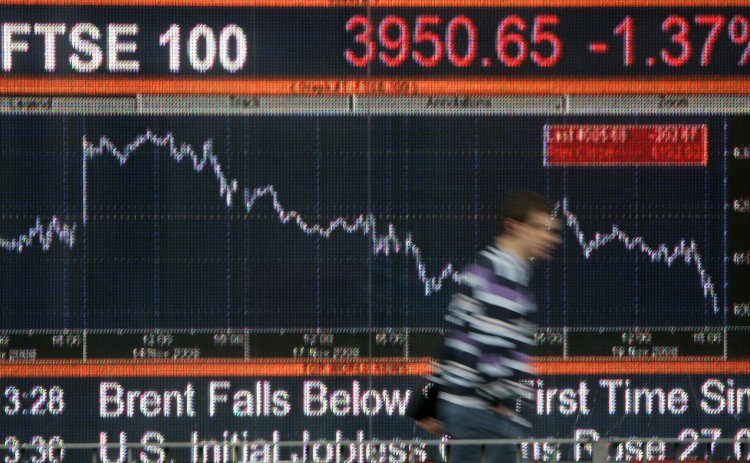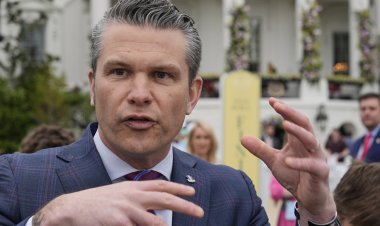Wall Street Shrinks Back in Response to Trump's Trade War
The introduction of new tariffs paves the way for negotiations, but it also guarantees that the U.S.'s effective rate will remain unstable for several weeks or potentially longer.

Trump's executive order on Wednesday, which imposes a 10 percent tariff on imports and especially higher levies on products from 60 countries labeled as bad actors, sparked a widespread selloff in stock futures and a decline in oil prices. This development indicated that investors are apprehensive about the potential impact of rising import costs on the world economy.
Officials from the administration acknowledge that while they anticipate short-term difficulties, they promise long-term benefits for Americans. Treasury Secretary Scott Bessent refrained from commenting on the market’s initial response to Trump’s “Liberation Day” ceremony.
“In my old business, I was very concerned about market movements,” the former macro hedge fund executive stated during his appearance on Bloomberg TV. “I’m trying to be Secretary of the Treasury, not a market commentator.”
To some investors, the market's immediate reaction appeared tepid given the geopolitical and economic risks associated with a U.S. tariff regime that is harsher than many had expected.
“Obviously, [the tariffs] are far more onerous than the market was expecting, but I think that participants also believe that many will be watered down and/or rescinded,” said hedge fund manager Jim Chanos via text. “Why? Because if people really believe these tariff rates will stick, the equity market would be down a lot more than the 2 percent” losses observed shortly after Trump's announcement.
“The real wild card, however, is what [happens] if the rest of the world doesn’t cave, as many expect,” he added.
As of 8:10 p.m., Dow Jones Industrial Futures had dropped more than 2 percent, while futures on the S&P 500 were down 3.7 percent, and the tech-heavy Nasdaq fell 4.6 percent.
The “reciprocal” tariffs imposed on various countries, which Trump mentioned were “approximately half of what they are and have been charging us,” create an opportunity for future negotiations but also mean that the U.S.’s effective tariff rate will be subject to changes in the coming weeks.
Omair Sharif from Inflation Insights projected that these import taxes could raise the U.S. tariff rate to between 25 percent and 30 percent, surpassing the average effective rate of about 20 percent seen in 1933 under the Smoot-Hawley Act, which heightened global tensions and was widely blamed for worsening the Great Depression.
Many economists predict that Trump’s tariffs will lead to increased prices and reduced consumer demand, potentially ushering in stagflation, where inflation rises alongside slowing growth.
For weeks, uncertainty has enveloped investors and businesses as Trump and his administration have presented various, sometimes contradictory, trade policy ideas. Adam Posen, president of the Peterson Institute for International Economics, believes this uncertainty will persist “given open-ended tariff threats and the manner in which they are decided.”
Given the extensive range of goods affected by the new tariffs, it will require time to assess how raised import costs will impact different sectors.
“We’re poking the bear,” remarked Brendan Walsh of Macro Policy Partners following Trump’s announcement. “Tariffs may go up and down, and certain things may get excluded, but tariffs are a core tenet of Trump’s domestic and foreign policy. And now we’re going to find out how this plays out.”
Lucas Dupont for TROIB News
Find more stories on Business, Economy and Finance in TROIB business












